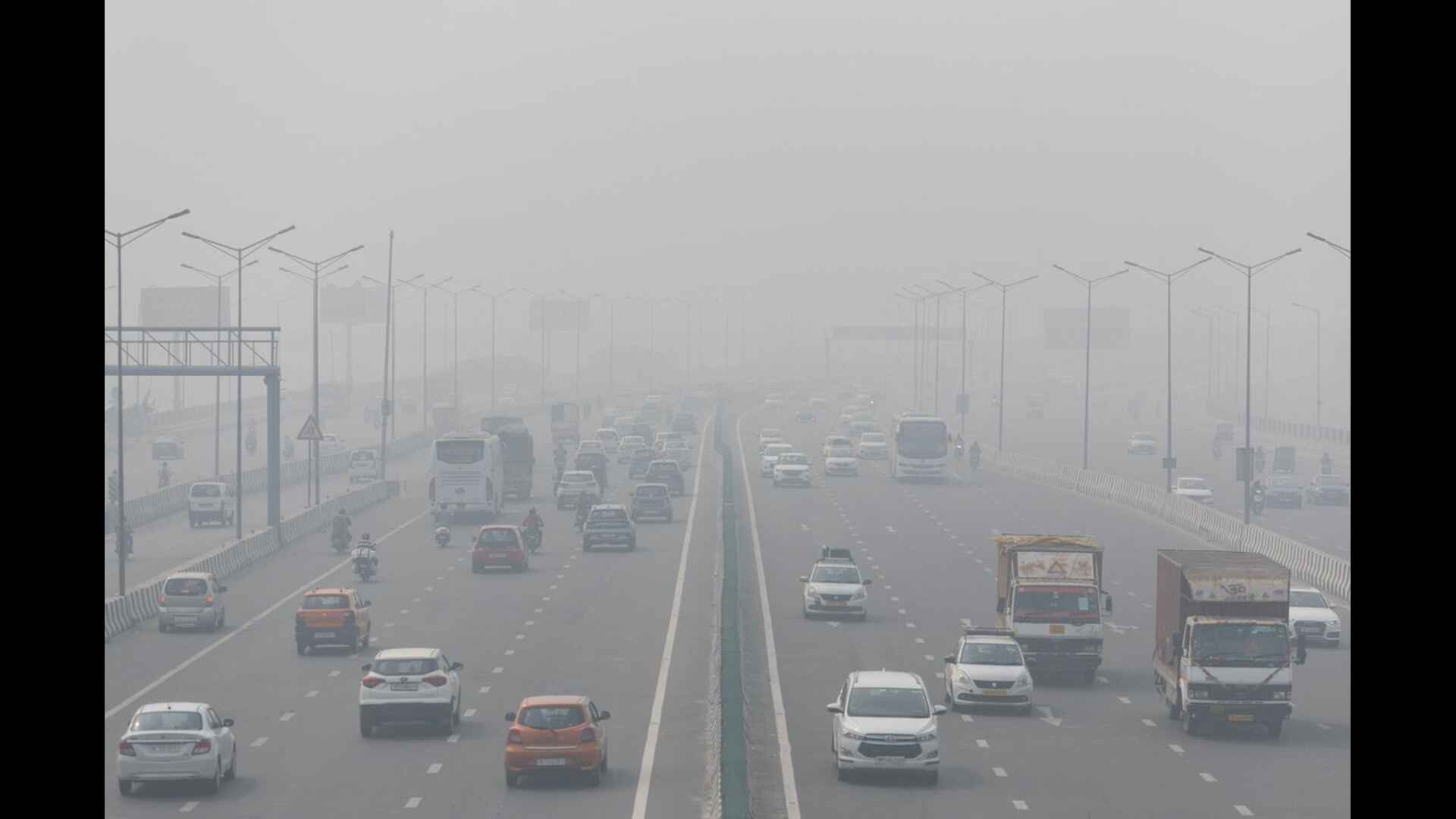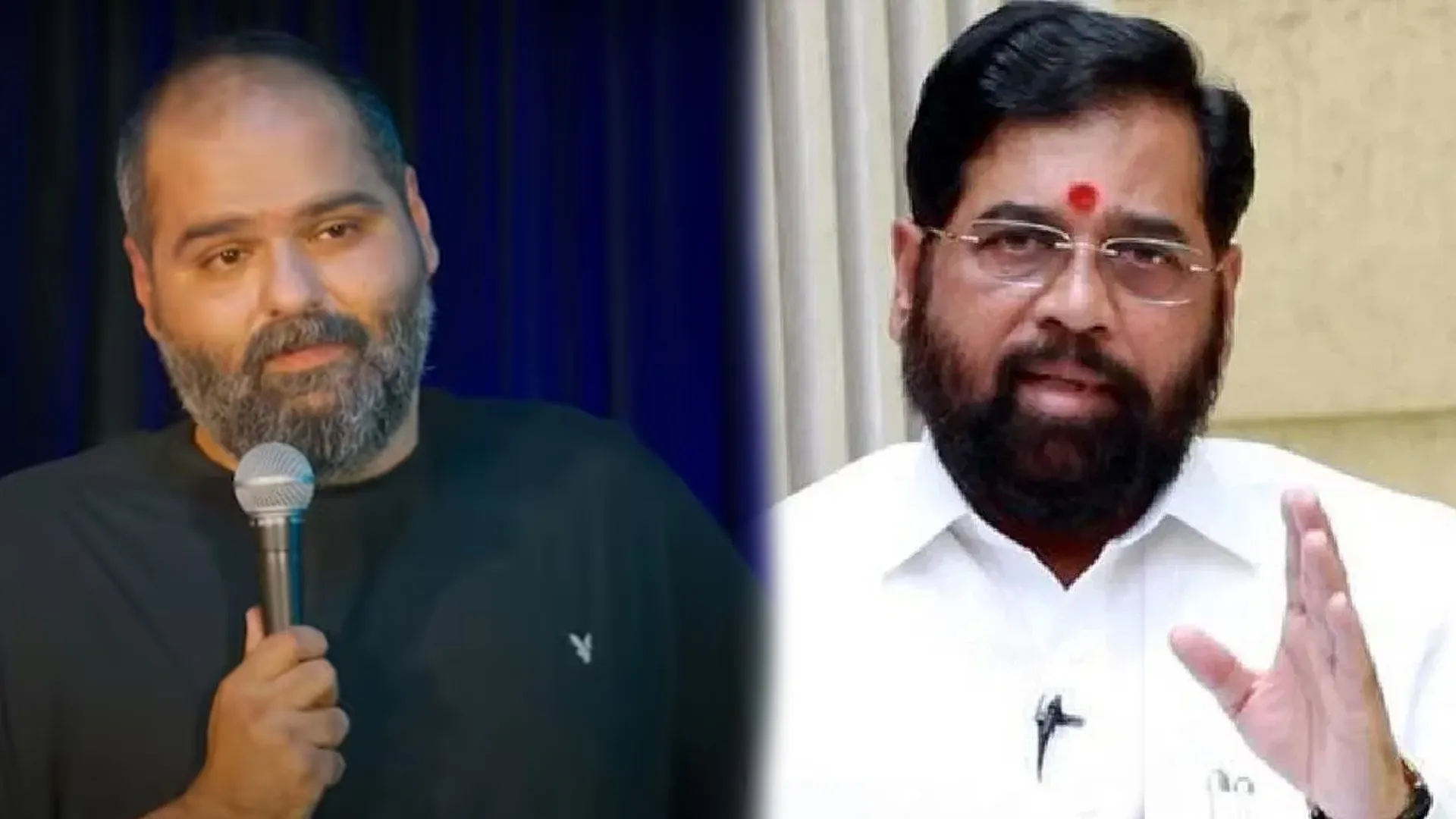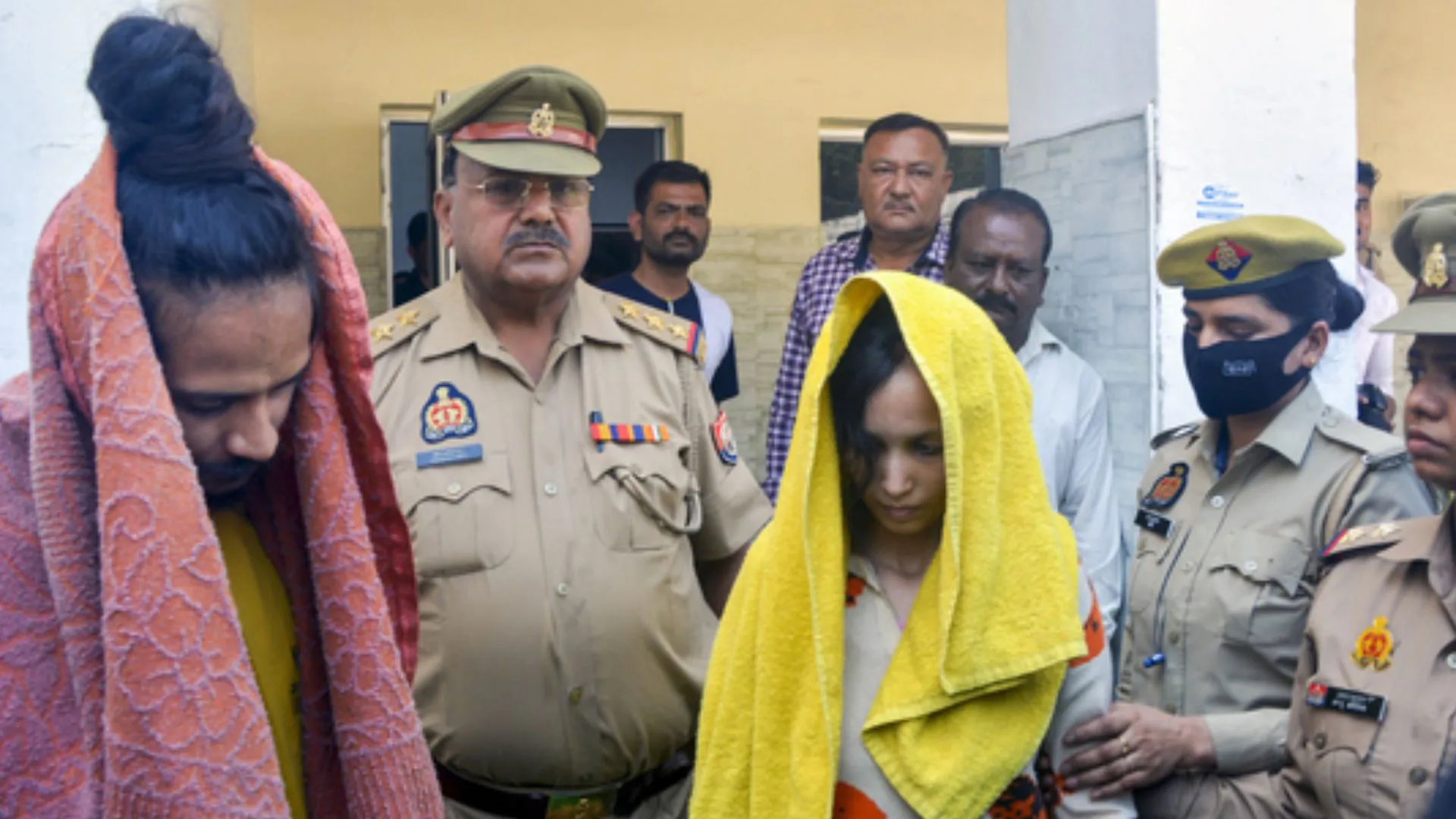Thick smog blanketing Delhi disrupted travel on Monday, with over 28 trains arriving at New Delhi and Anand Vihar stations delayed by two to nine hours. The poor visibility also affected operations at Indira Gandhi International Airport, delaying more than 160 flights, including 118 departures and 43 arrivals, as of 8:30 am. Departure delays averaged 22 minutes, while seven flights were canceled.
Passengers were seen waiting outside railway stations, while the airport issued an advisory urging travelers to stay in touch with airlines for updates on delays and schedule changes as low-visibility protocols were implemented.
Delhi’s Air Quality Index (AQI) reached a hazardous 481 by 6 am, placing it in the “severe plus” category. According to the Central Pollution Control Board, 32 out of 34 monitoring stations reported AQI levels above 400. The worsening pollution has led to the activation of Stage 4 of the Graded Response Action Plan (GRAP) across Delhi-NCR.
In response, Delhi Chief Minister Atishi announced staggered office timings to reduce vehicular pollution. Central government offices will function from 9 am to 5:30 pm, Delhi government offices from 10 am to 6:30 pm, and MCD offices from 8:30 am to 5 pm. Primary schools have shifted to online classes until air quality improves.
The smog, categorized as “severe,” poses serious health risks for healthy individuals and even greater threats to those with existing medical conditions.






















